Description
The Colorful Plant with a Prehistoric Vibe
Begonia ‘Jurassic Fire Spike’ is a unique and stunning plant that belongs to the Begoniaceae family. It is a hybrid cultivar that is appreciated for its striking, fiery-red flowers and dark green foliage. The plant produces clusters of flowers on tall spikes, making it an excellent choice for adding vertical interest to gardens or containers. The leaves are large, thick, and resemble the scales of a dinosaur, giving it its “Jurassic” name. ‘
Caring for your Begonia
Begonias are a diverse and beautiful group of plants that come in many colors, shapes, and sizes. They can be grown indoors or outdoors and can thrive in a variety of conditions. Here’s everything you need to know to care for begonias:
Light
Begonias prefer bright, indirect light. When grown indoors, place them near a window that receives plenty of filtered light. If the plant is getting too much direct sunlight, the leaves may become scorched. When grown outdoors, place them in a spot with partial shade. Too much direct sunlight can cause the leaves to wilt.
Water
Begonias require consistent moisture, but it’s essential not to overwater them. Water the plants when the soil feels dry to the touch, but make sure not to let the soil become waterlogged. Water the plant at the base, avoiding the leaves and flowers. If the plant is growing in a pot with a saucer, make sure to empty the excess water from the saucer to prevent the roots from sitting in standing water.
Soil
Begonias prefer well-draining soil that’s rich in organic matter. A mixture of potting soil, peat moss, and perlite or sand works well for most begonia varieties. When planting in containers, make sure the pot has drainage holes to prevent water from pooling in the soil.
Fertilizer
Begonias benefit from regular fertilization during the growing season. Use a balanced fertilizer every two weeks during the spring and summer months. In the fall and winter, reduce fertilization to once a month.
Humidity
Begonias prefer high humidity levels, so if you live in a dry climate, consider using a humidifier or placing a tray of water near the plant to increase humidity. You can also mist the plant regularly to provide additional moisture.
Propagation
Begonias can be propagated through stem cuttings, leaf cuttings, or division. To propagate through stem cuttings, cut a healthy stem from the mother plant, making sure to include at least two leaves. Dip the cut end of the stem in rooting hormone and plant it in well-draining soil. Keep the soil moist, and the cutting should root within a few weeks. To propagate through leaf cuttings, cut a healthy leaf from the mother plant and plant it in well-draining soil. Keep the soil moist, and the leaf should produce new roots and shoots. To propagate through division, carefully separate the plant into smaller sections, making sure to include roots and stems. Plant the new sections in well-draining soil and keep the soil moist.
Pruning
Pruning is not necessary for all begonia varieties. However, it’s a good idea to remove any dead or dying leaves or flowers to keep the plant looking its best. If the plant becomes too leggy or overgrown, prune it back by up to one-third its height.
Pest and Disease Control
Begonias can be susceptible to pests such as mealybugs, spider mites, and scale insects. If you notice signs of infestation, treat the plant with an appropriate insecticide. To prevent pests, make sure to keep the plant healthy and stress-free by providing adequate water, light, and fertilization. In terms of diseases, the most common issue that can affect begonias is root rot, which occurs when the soil is too wet. To prevent root rot, make sure the soil is well-draining and avoid overwatering the plant.

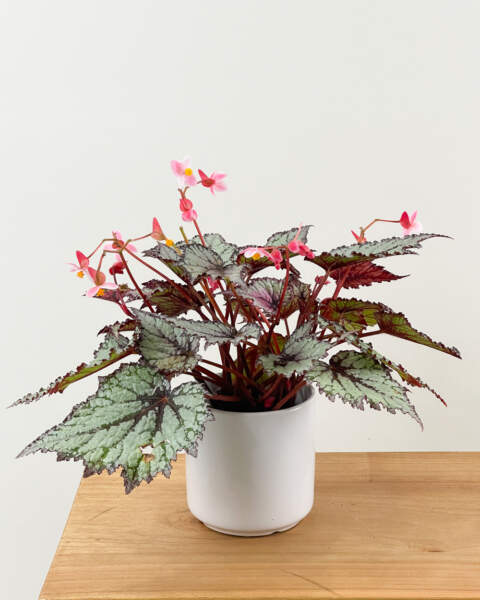
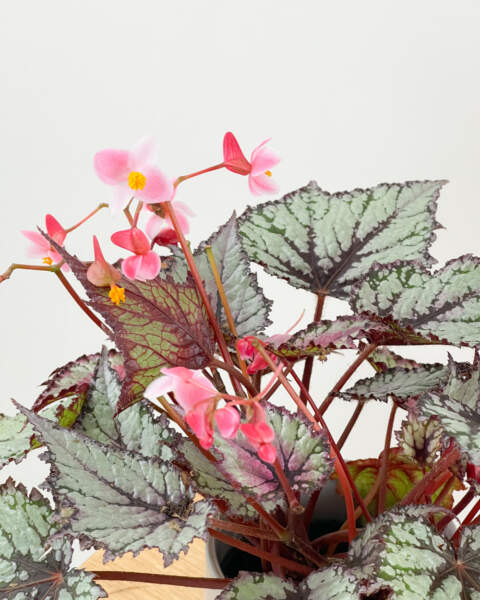
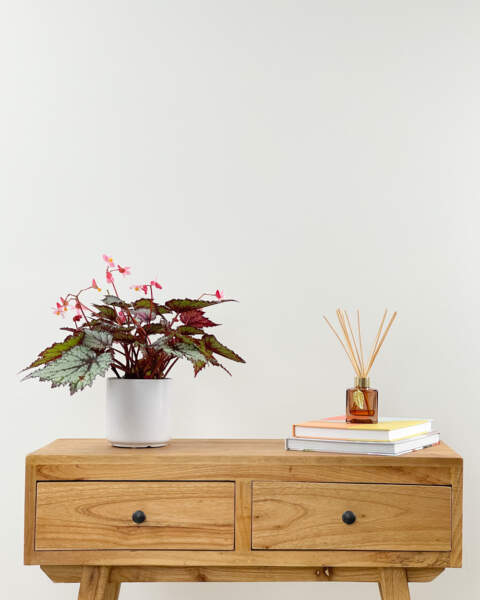

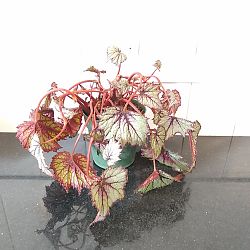
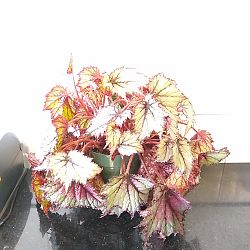
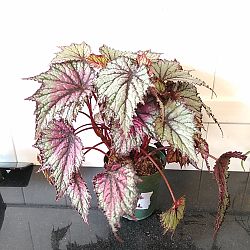
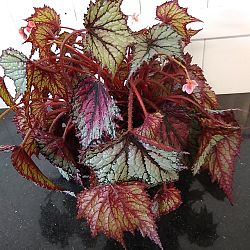
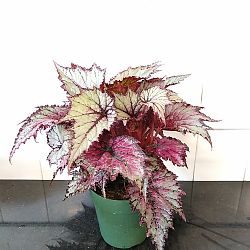
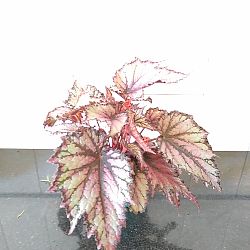
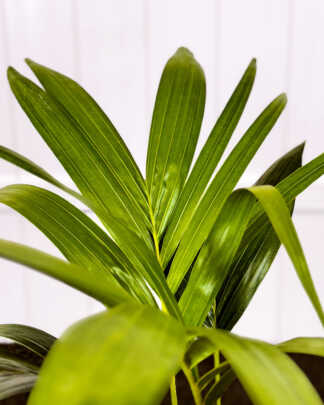
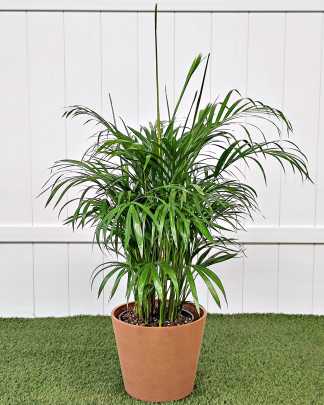
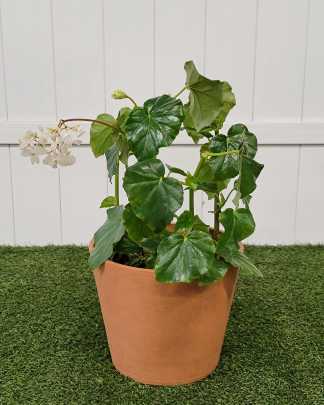
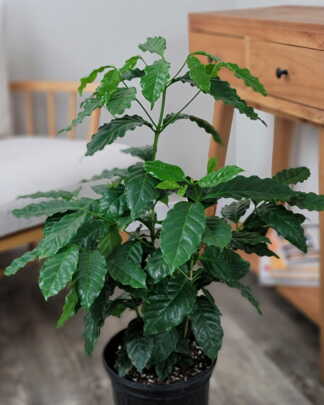
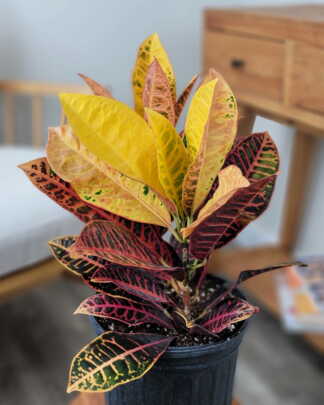


Reviews
There are no reviews yet.